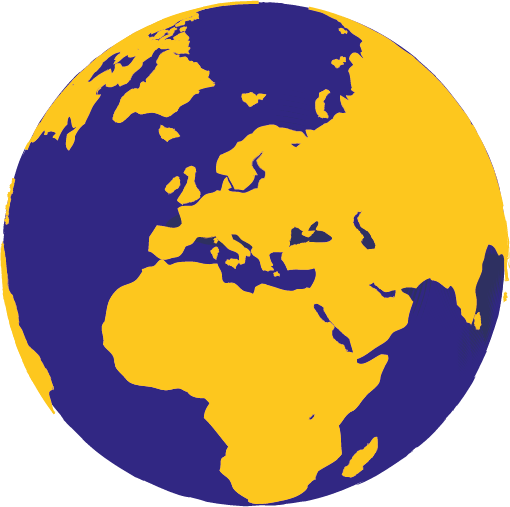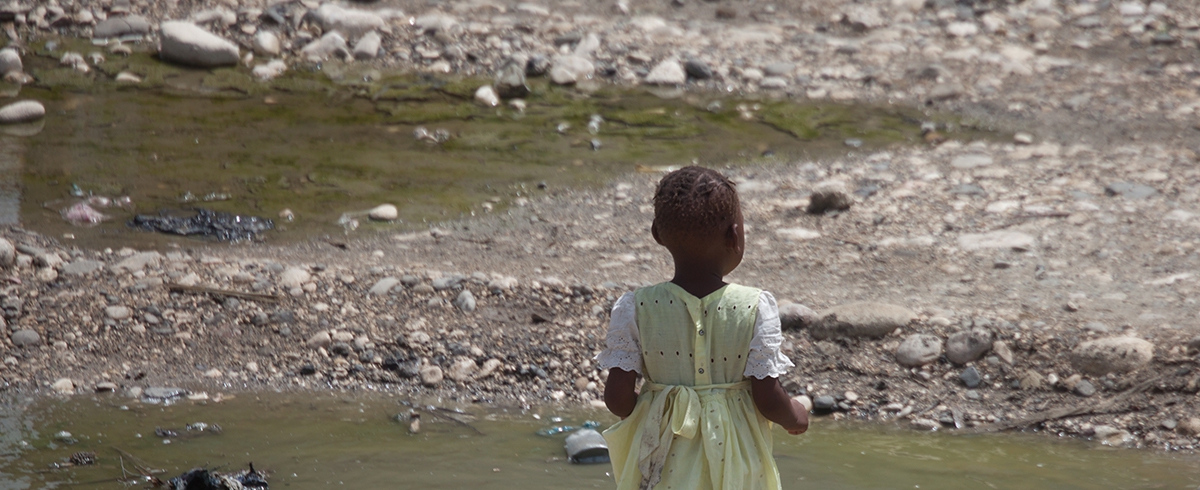Orphanages in the developing world have often been perceived as a social good, or at least a necessity. They are neither.
Children need families to flourish. In Haiti, over 30,000 children have been placed in over 750 orphanages. Only 15% of these institutions are properly regulated. This means that institutionalised children in Haiti are one of the most vulnerable groups in the community.
Stories are similar around the world. Poverty drives children into institutions. The situation is no different in Haiti where natural disasters, corruption and grinding poverty all play their part. Families are promised their children will receive proper care and a free education. This is rarely the case.
The next story highlights the situation we have seen repeated in some of the worst orphanages in Haiti.
In 2016, we were alerted to an orphanage classified as red by IBESR where 41 children aged 18 months to 15 years were kept.
There was no adult supervision. A six year old boy opened the gate and let us in even though we were strangers.
Many of the children were sick with gastroenterological complaints, severe skin infections and parasites.
Inside, there were only 12 beds with dirty, worn out mattresses. It was more of a shack than a building. The small garden was filled with concerete rubble and the bathroom was a dirty hole in the ground. The kitchen was a patch of ground with the remnants of a charcoal fire. The living room was a concrete floor and breeze block walls, with a makeshift roof open to the elements.
Children were barefoot and dirty, dressed in rags. The water supply was polluted, and there was no food or drinking water. One 15 year old girl was in charge of all the children, including her own baby. Many of the children were sick with gastroenterological complaints, severe skin infections and parasites.
There were no written records on any of the children and no formal record existed of admissions and discharges. Together with the police force and local agencies, we planned an intervention to deal with the emergency situation. This included bringing in social workers and carers to look after the children. As the children came to trust the carers, they began to talk. Most were able to provide enough information to begin tracing their families.
As the social workers began to trace families and meet with parents to find out why they had given their children up to the orphanage, a pattern emerged. All of the parents were poor and many could not afford education for their children. They were told by the director of the orphanage that their children would get proper care and a free education. They were shocked when they realised what had really happened to their children.
One mother said:
“I gave my children away so they could have a better life and get an education. If I had known what this place was like, I would never have given them up.”
With a small amount of effort and support, it was possible to reunite almost all the children with their families. The social workers regularly check on the children and their health and development has significantly improved. The children are happy and smiling – but cling to their parents, scared that they will be taken away again. One six year old girl said:
“in the orphanage they made me work hard and walk a long way carrying heavy loads. We had to cook the food they gave us, and it was rotten. I could not eat it, but there was nothing else and so I would go to bed hungry. When we complained about the food they would beat us. Now I am back at home, I only have to play and eat and then go to sleep afterwards. If I don’t like the food, my Mum will just make me something else.”
The institution is now closed. No arrest warrants have been issued. However, we are working with the authorities to try to secure a prosecution of the men who ran the orphanage.
Watch our overview on orphanages in Haiti



